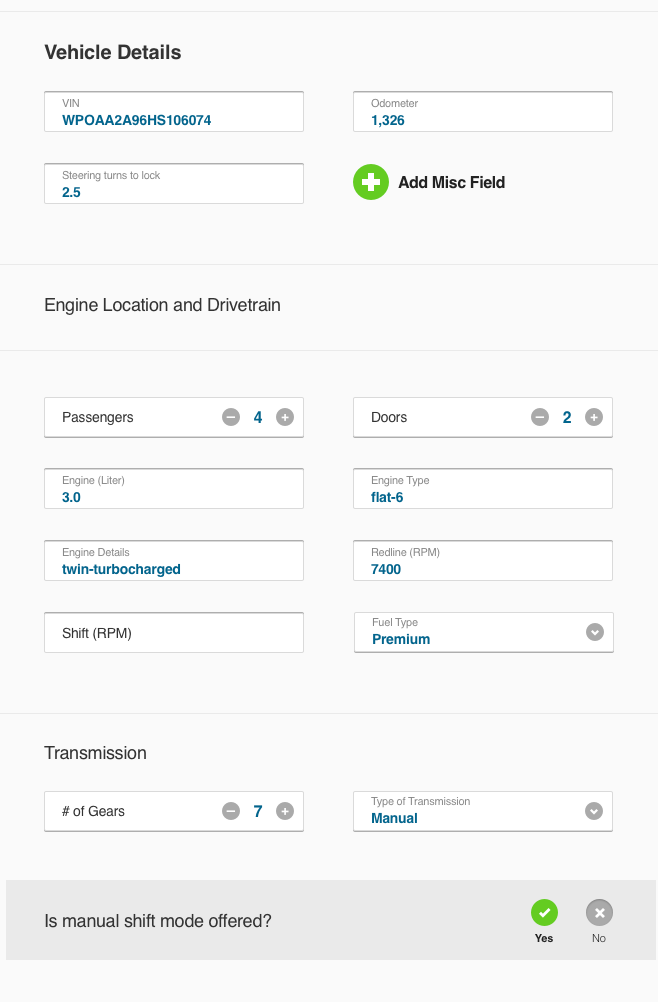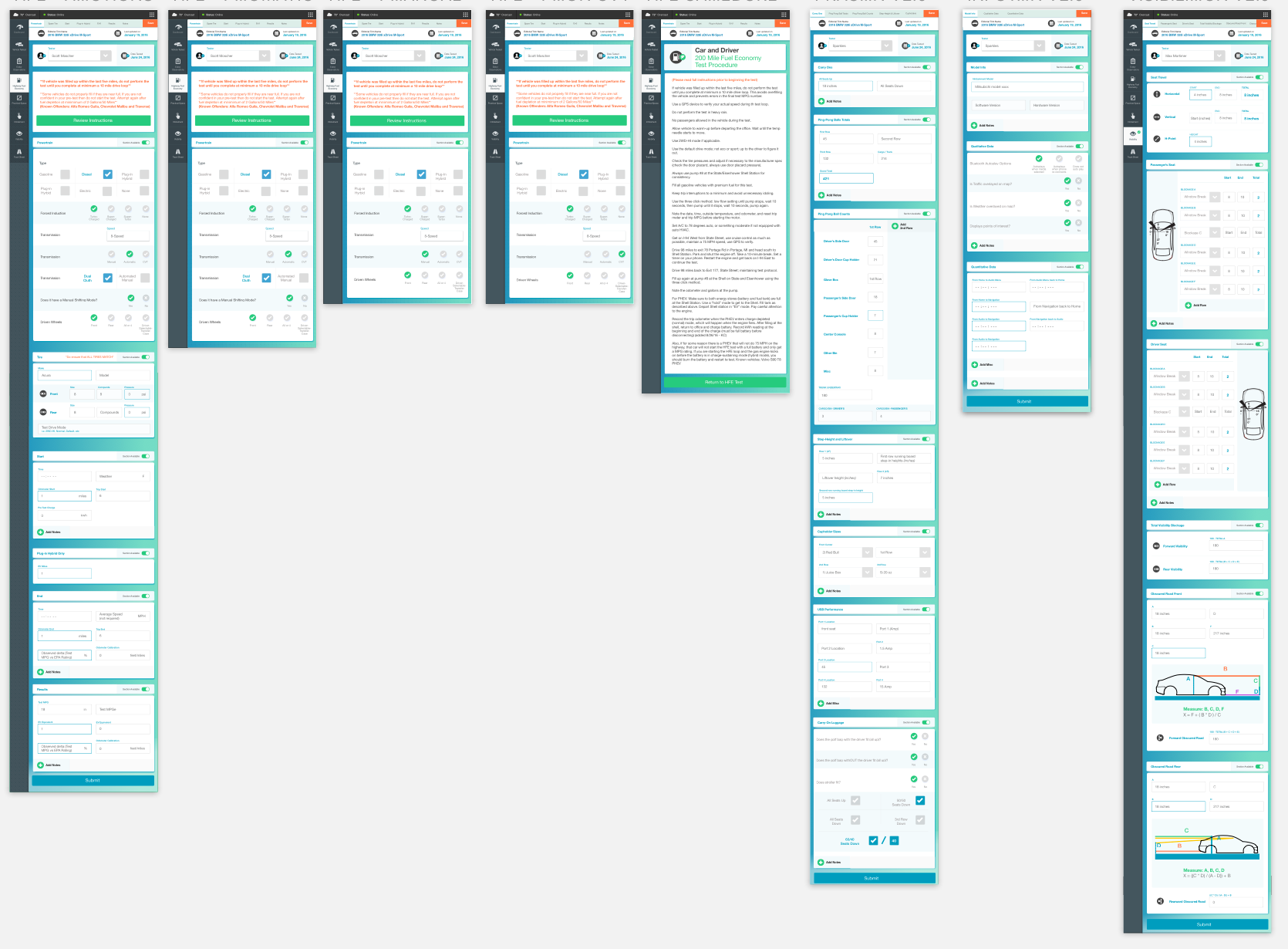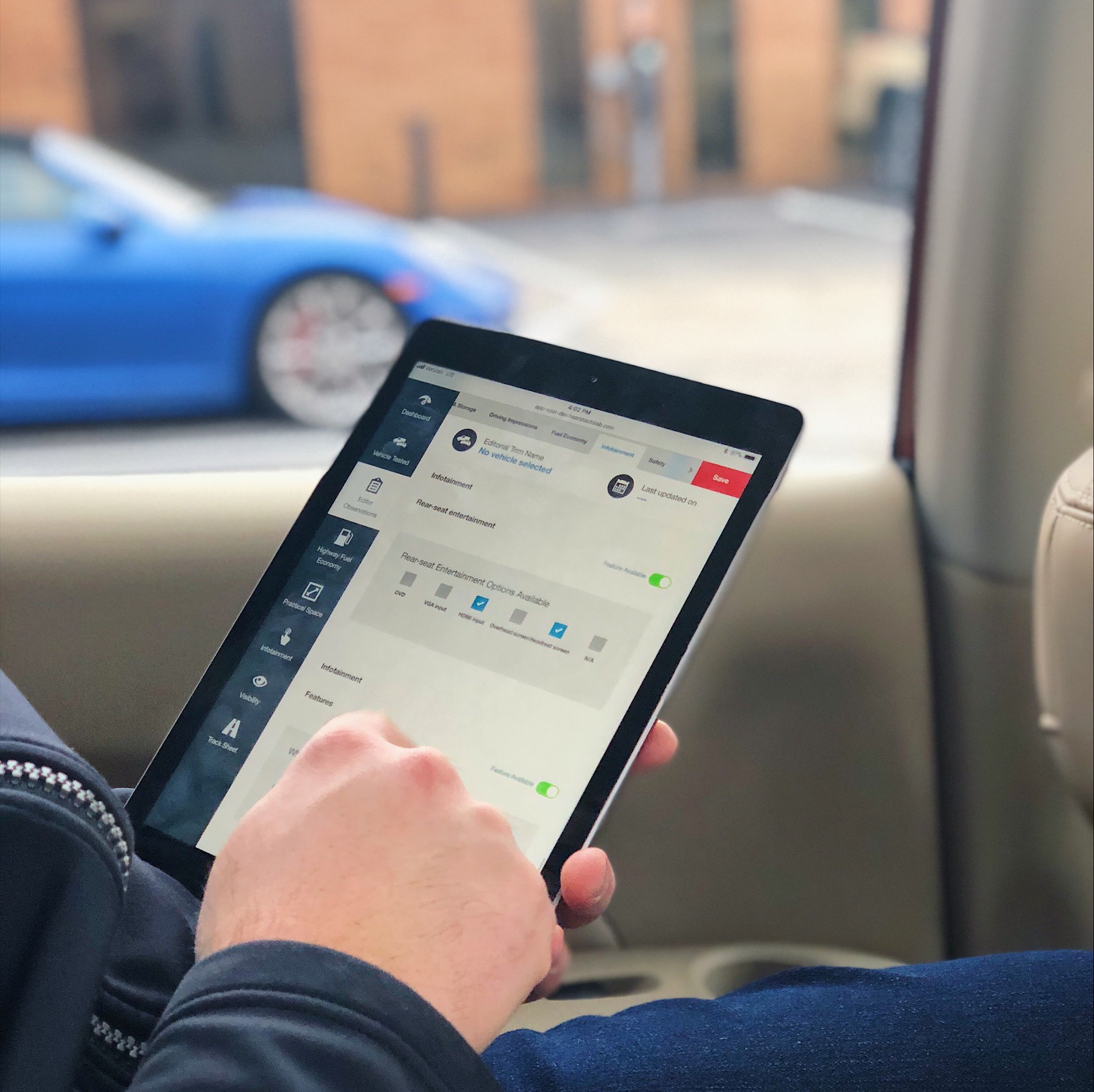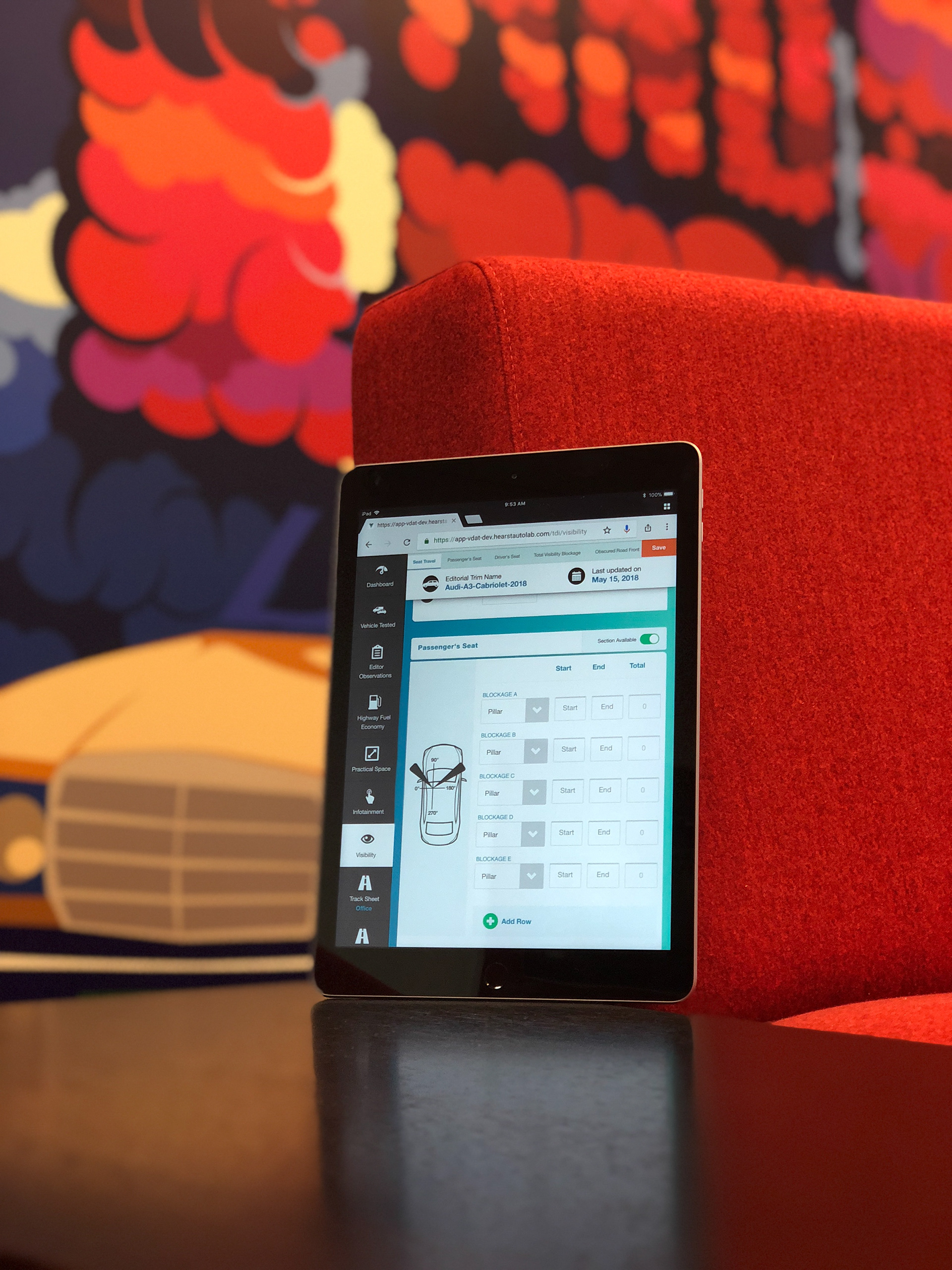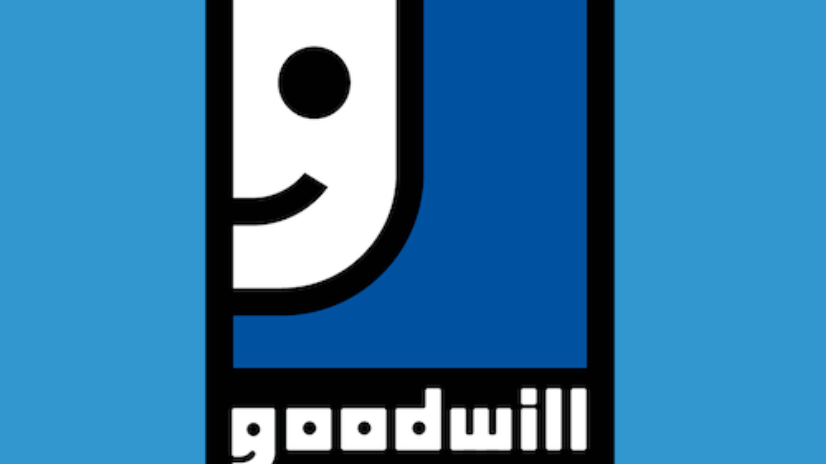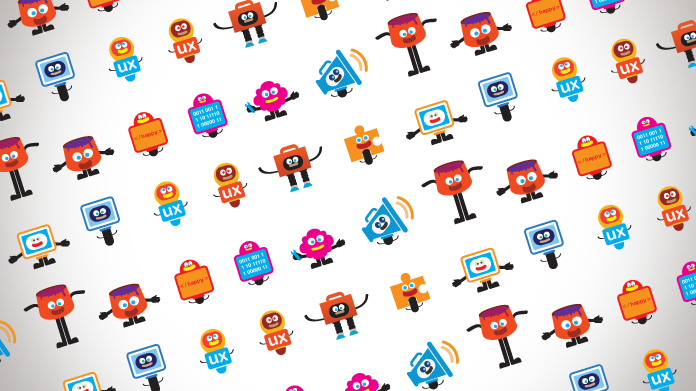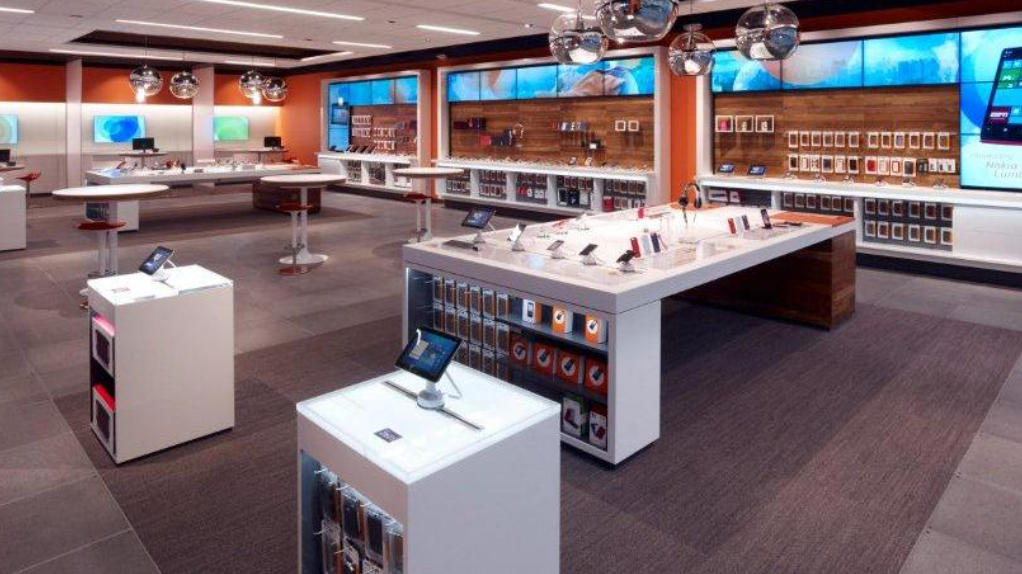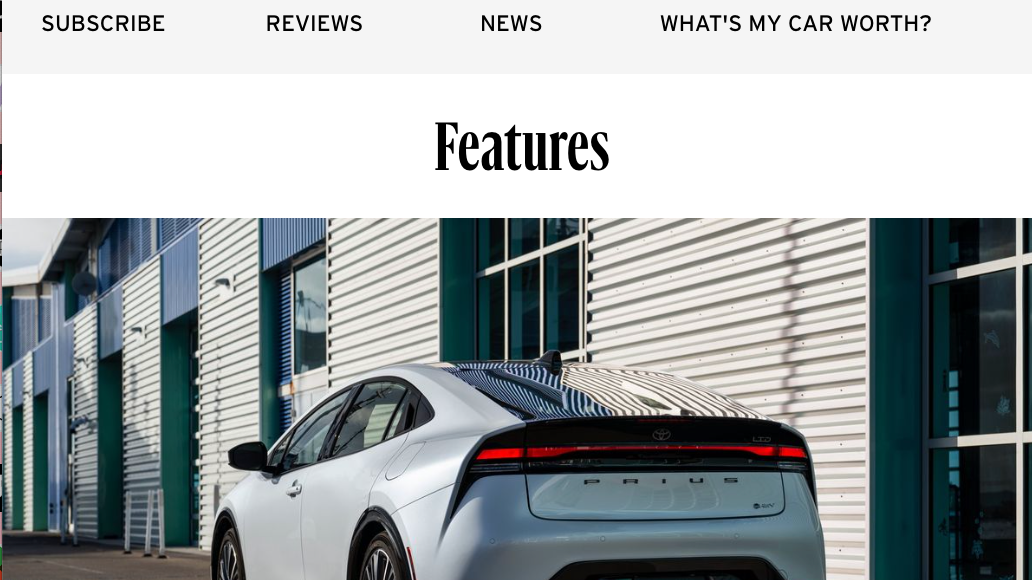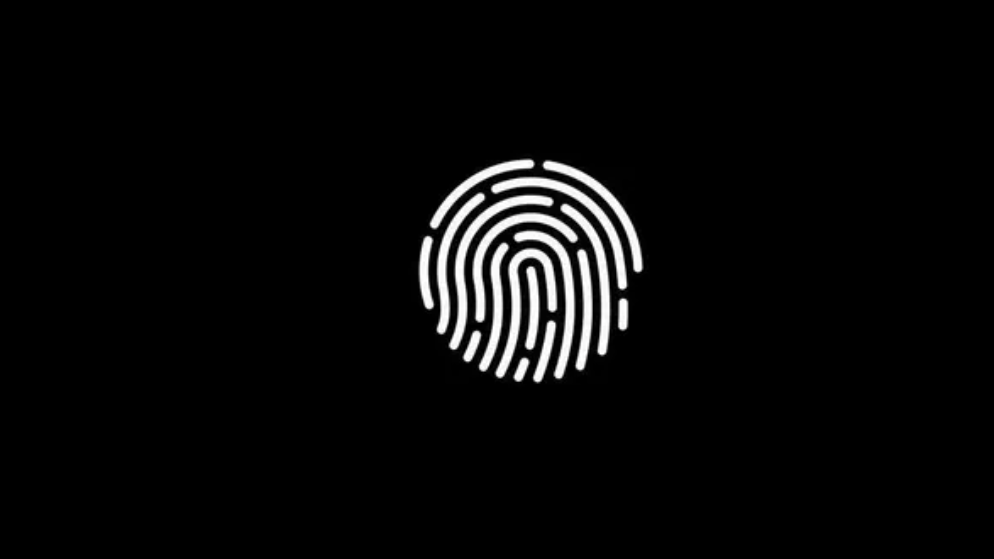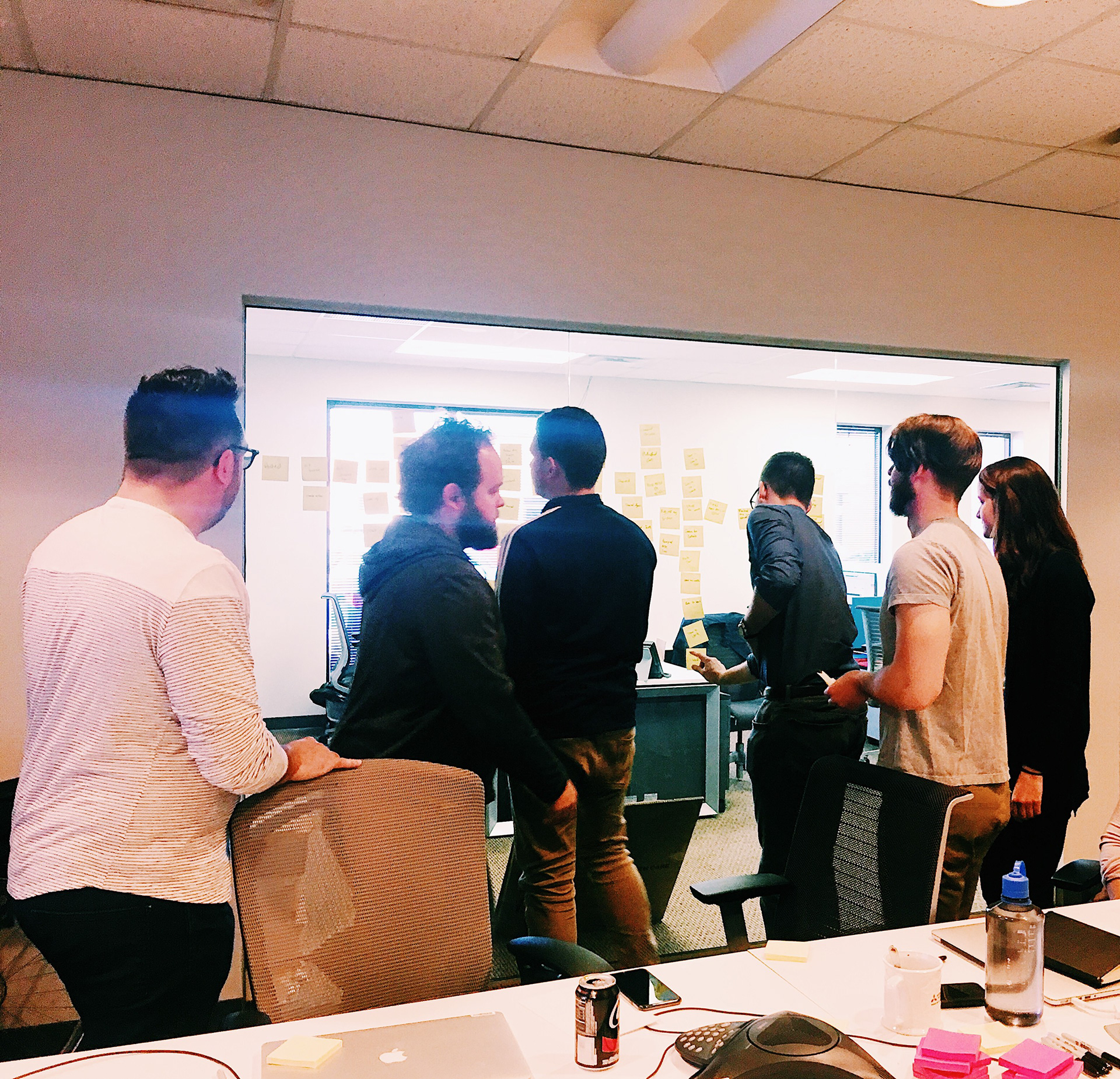
During this journey you will learn about their current problems and process. A process of 15+ years that consist of capturing and analyzing data manually through the use of numerous dated tools and legacy systems.
This story is the the beginning of a remarkable transformation that introduced UCD (User-Centered Design) principles and our new HA design methodologies by PUTTING OUR EDITORIAL TEAM IN THE FRONT SEAT.

MISSION STATEMENT
Optimize vehicle test data collection, entry, uniformity, accuracy, accessibility, and usability.
VISION STATEMENT
In order to continue to increase the velocity at which we can generate content, we need to iterate on the features and tools alongside MOS2 that we provide editors within the three primary CMSs: Edit UI, Test Data Interface (TDI), Vehicle Taxonomy (VTAX).

DEFINING THE PROBLEM
Our assumption when asked to digitize this process was to simply centralize all their manual process into one single tool.
Having a tool to just copy and paste their current inputs from the PDFs and Spreadsheets was not going to solve the problem, it went beyond that.
It was not until we observed them constantly while doing their current job that we realized the need to implement a tool that would solve for ease of use, intuitiveness, speed, accuracy and efficiency.
The paint points captured were identified as a result of the following design thinking activities:
•User Interviews
•Story Mapping Sessions
•Design Studios
•Iterative Prototyping

PAIN POINTS
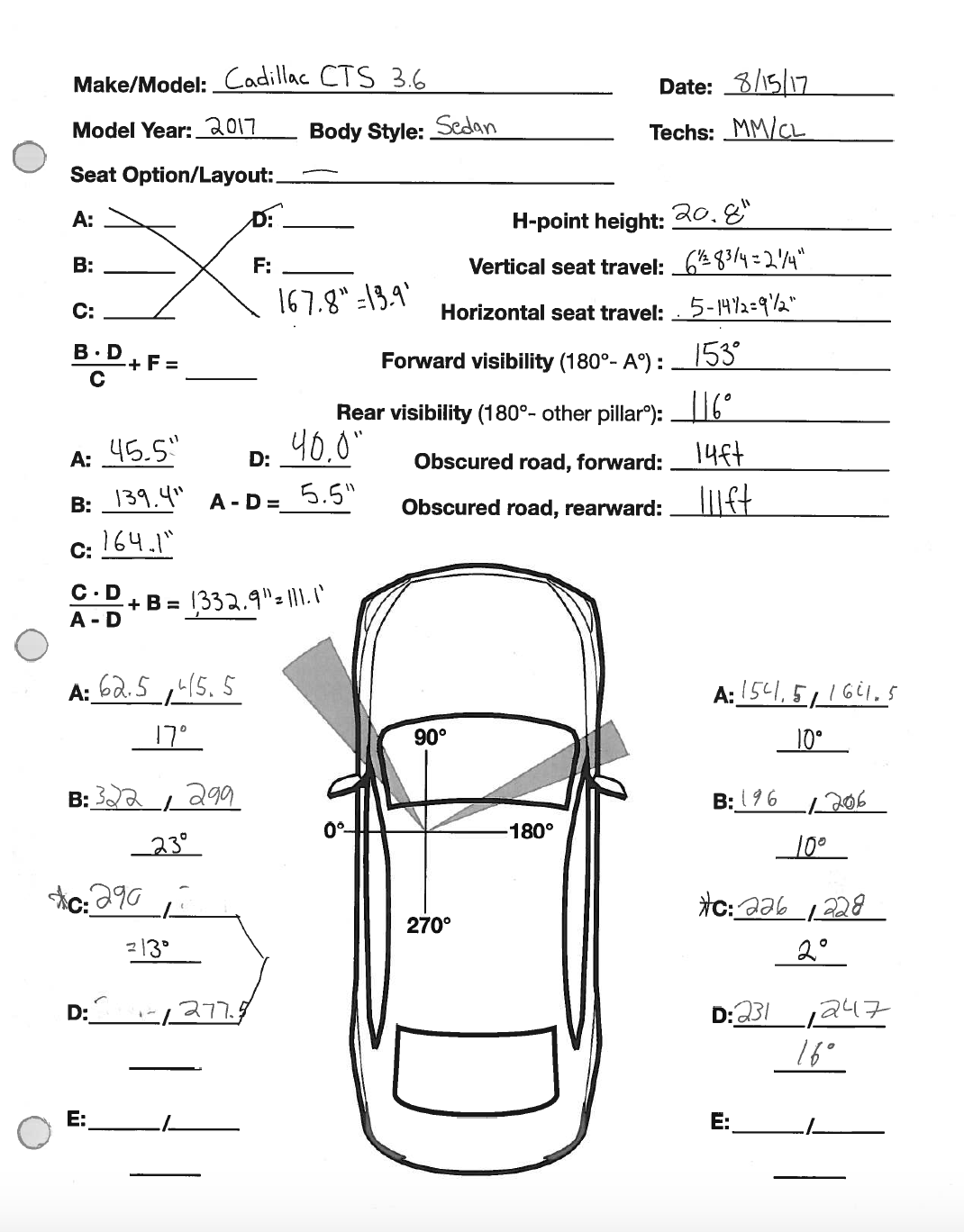

•Not reliable, current PDF crashes sometimes
•A lot of frustration when loosing data
•Editors are not efficient, have to rely on spending a long time gathering and creating tables rather than spending more time writing reviews
•Easy to miss clicks or skip fields
•Do not have visibility of the entire process
•Unaware of who completes certain task
•Scrolling is an issue
•Takes a long time
•Work in silos
•Not efficient
CHALLENGES
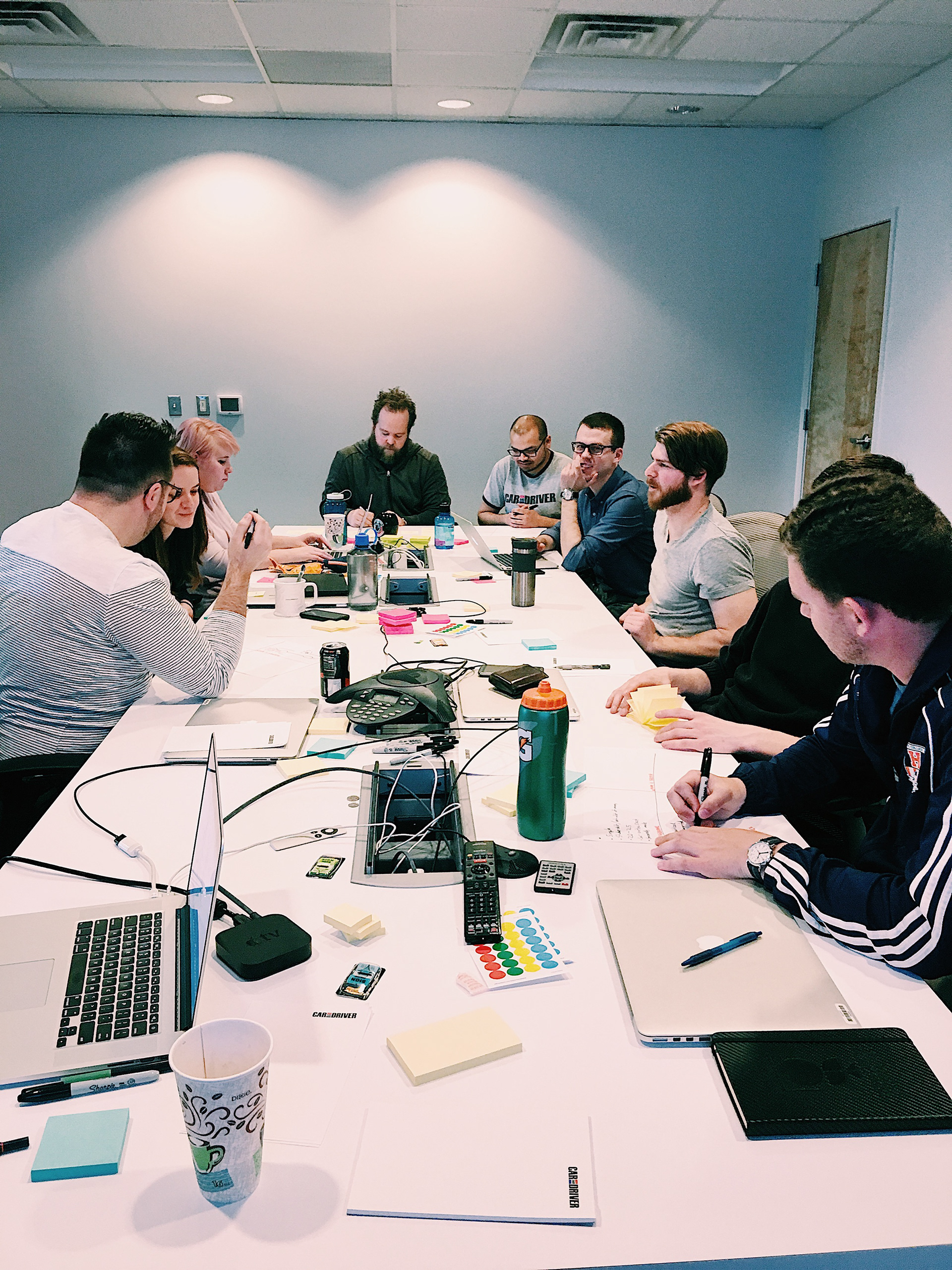
During our discovery we learned from the current process how our audience spent a lot of time gathering data, creating tables and using several system in order to get to write reviews. As we identified the existing problems based on this ineffective process it would have been easy to assume that our recommendation for transforming the manual process into an innovative and digital process was going to be easy. It was through deeper understanding that we uncovered their true frustrations.
Our audience has been doing this for a long time. The key was to create an environment of understanding and most importantly of empathy that enabled our editors to be the most important aspect of this entire research.
After maintaining a constant communication with them we discovered how TRUST and HUMILITY can help uncover the true pain points and needs of our key users
One of the most surprising and unexpected aspects of this project was to find out how our own editors that work in the same office did not know what their colleagues did in terms of areas of work.
By practicing UCD, our editors realized the value and effort that we were putting into this tool and eventually opened up to create that change together.
It is important to emphasize the benefits of always working with your key members from inception to delivery and to have a mind set of iteration.
One of the advantages of applying discovery, design thinking and any methodology around this mindset is to articulate to the team the importance to look at this framework as something flexible and non-linear.
Some of the methodologies and activities applied to this project were not limited to a specific list or order. All activities may be different as long as you clarify the purpose and value for the user.

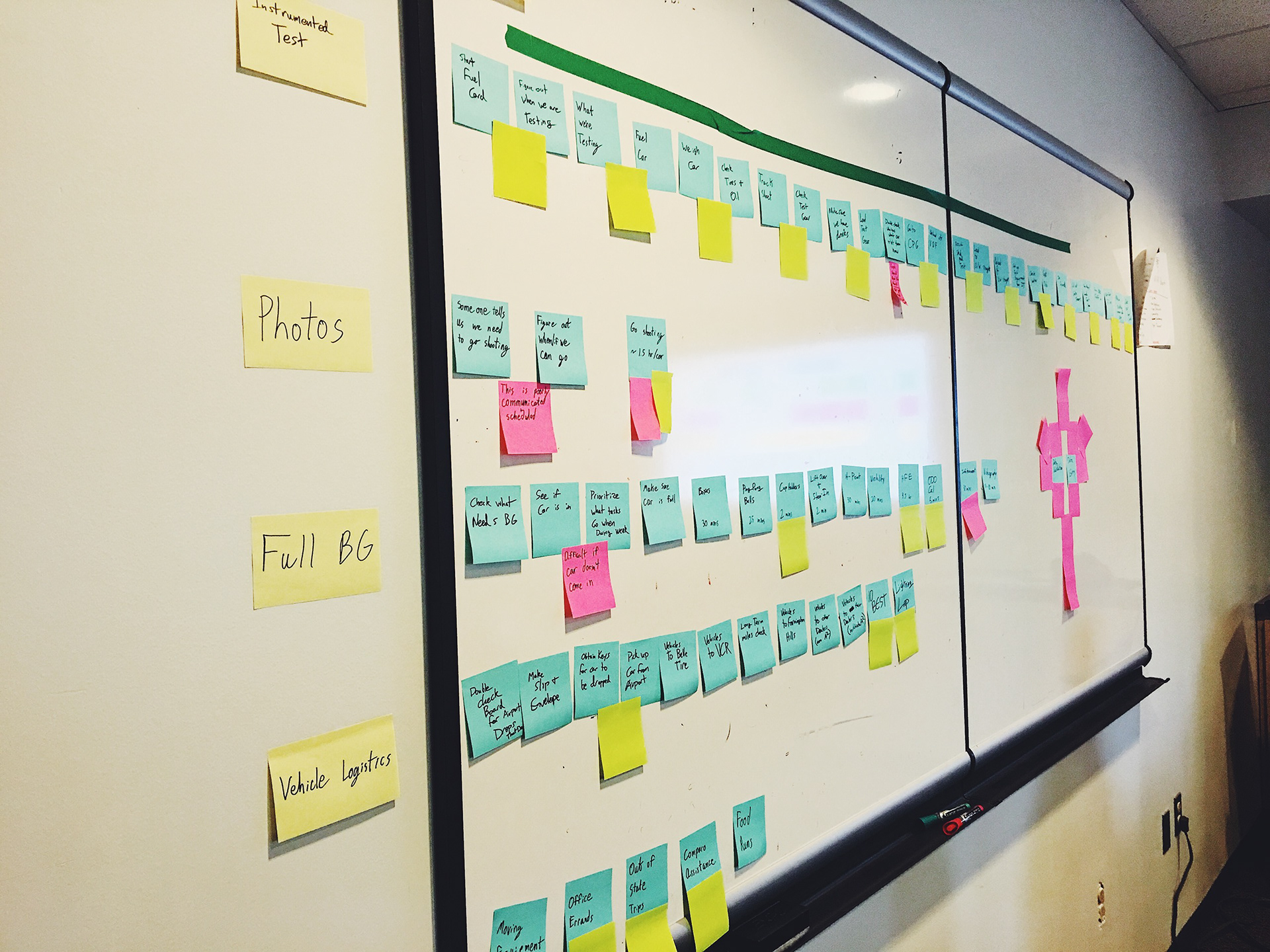

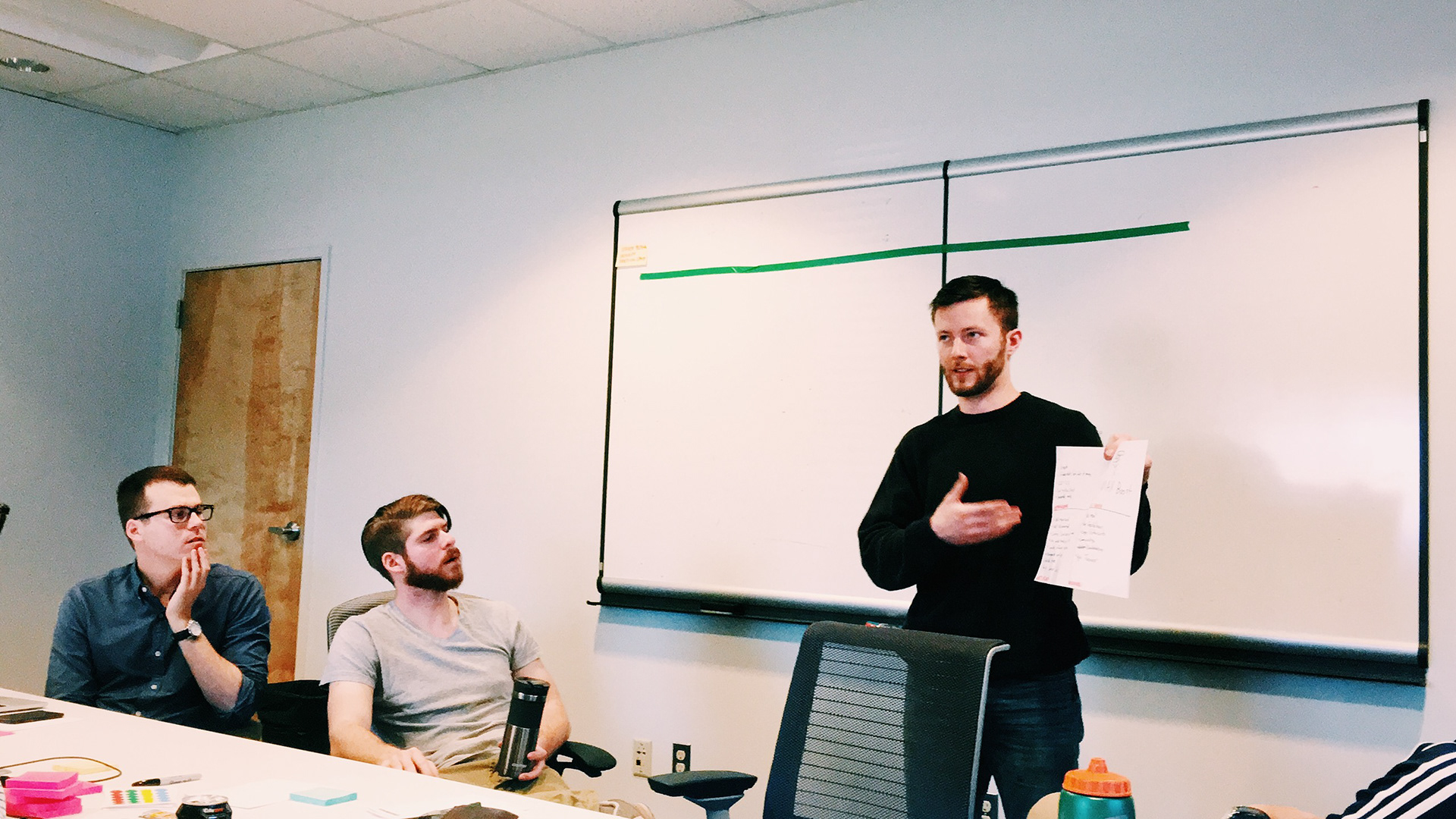



ETHNOGRAPHIC STUDIES
Observing Our Testers in Action
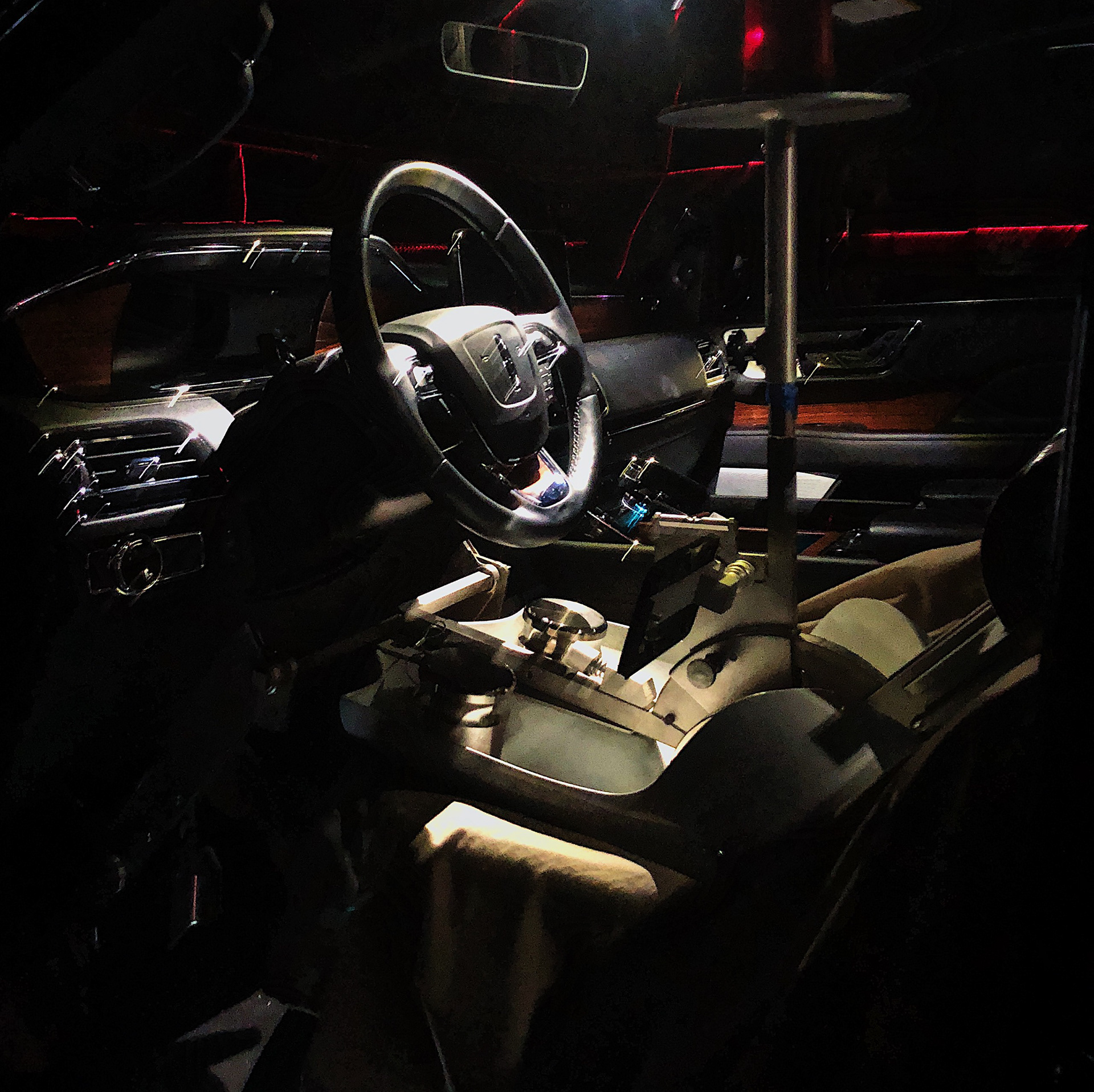
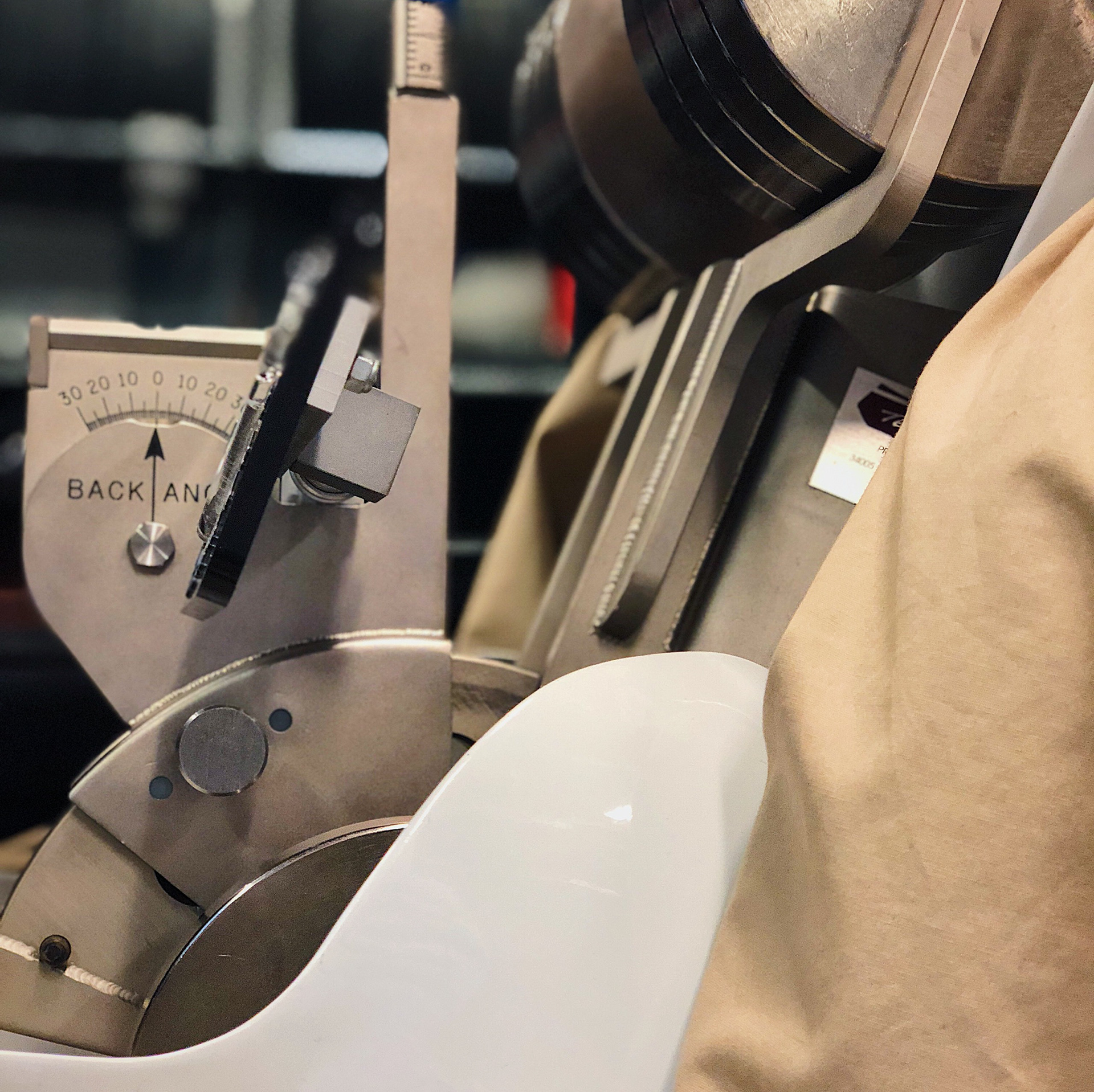
OUTCOMES
More integrated editorial team
Motivated development team
Purposeful and meaningful tools for our editors
Fun environment
Enhanced Transparency
Increased credibility
TRUST
ONE TEAM
Accuracy
Efficiency
Speed
Unity
Performance
Data Integrity
Intuitive
Easy
Delightful
ITERATIVE PROTOTYPING
Original Prototype Created at the beginning of the project. This prototype followed only business requirement. The Desktop clickable prototype incorporated the different test based on the manual process. This prototype was invalidated after Usability testing was conducted. The Research synthesis concluded how user did not see the value of digitizing a process that was not providing value in terms of speed or accuracy.
Conceptual Prototype - Iteration Phase. After conducting User Testing, the insights shows how user wanted an experience that was easy to use inside the vehicles. Users validated having a better experience with larger touch targets and a tool with a smaller device such as a Table.
The prototype below explores some interactions with larger boxes and touch targets.
Exploration of MicroInteractions for some of the subsection input fields.
Toggle interactions within same input field. The following test incorporates a more visual interaction with iconography.
Exploration using dynamic misc fields
Prototype testing micro interaction for multi purpose fields
Validated Design after 2nd round of conceptual testing

